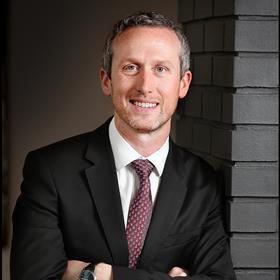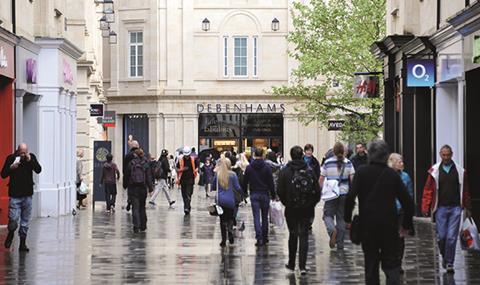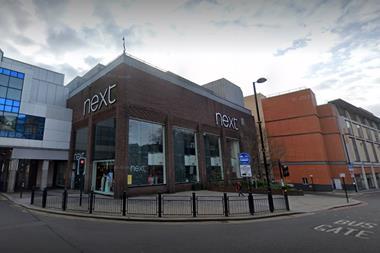In the wake of Covid, what will the next generation of high streets look like and how can we restore certainty, security and confidence for retailers and consumers? Those are the big questions we are asking as we play our part in ‘building back better’.

Developers have a considerable part to play in creating ideal environments for high streets to thrive in the long term. With the surge in hyper-localised living and the ’15-minute town’ concept, the industry will have to change its strategies to attract and support exceptional and relevant business owners and pave the way to realising the opportunities in retail property.
Just as our consumer habits have been permanently altered, so should the approach of developers.
The pandemic has shone a light on the importance of mixed-use schemes that offer new residents more than just somewhere to live. A well-rounded offering should include local start-ups and businesses that bring excitement and opportunity to an area, as well as maker spaces.
Local retailers emerged as some of the heroes of the pandemic, as customers shifted their loyalties to support local neighbourhoods. Many years ago, Starbucks was a must-have first retailer at our Royal Wharf development in Newham. Would we be so determined to secure a similar brand today?
At The Brentford Project, we are establishing a new town centre with a rejuvenated high street including a unique entertaining, dining, residential and shopping scene with around 150,000 sq ft of new retail space. While we still need traditional brands such as Morrisons at The Brentford Project, locals are more interested in knowing that great dining options are coming soon and local artists and crafts people will have dedicated spaces.

Community groups are asking us about commercial leases and long-term management strategies – they are clued up and incredibly invested in the plans, even offering to conduct their own surveys to support our efforts. To help keep life in the town centre during construction, we’ve created a cultural initiative on the “Blue Road” to host markets, live music, craft workshops and classic car shows. We’ve installed a classic car restoration and dealership business, gifting a 51,000 sq ft warehouse to a young local entrepreneur who has lived in the area his entire life. Part of this space has been turned into affordable workspaces and studios for local creatives and start-ups including dress makers and digital freelancers.
Investing in independent retail and business is a cornerstone of our strategy. We encourage residents in the homes we build to bring or start a business at space in our developments. Our hybrid resident/ business owners at London City Island include a restaurateur who recently opened neighbourhood restaurant, bar and deli Homestead.
They often need a helping hand, but as they’re already integrated into the community, they are destined for success: their customers are neighbours and friends, and that is customer loyalty you can’t buy.
The biggest barrier for new retail and leisure businesses is the upfront cost. In a nervous market, where banks may be reticent to lend, developers have a vital role to play in injecting the confidence these businesses need.
We’ve backed the fit-out cost of many retailers and restaurateurs and found the right home-grown, local businesses that are perfectly suited to an area. We need to be flexible with lease terms and forthcoming with investments, grants and loans. The future of our town centres depends on it.
John Mulryan is group managing director of Ballymore






























No comments yet